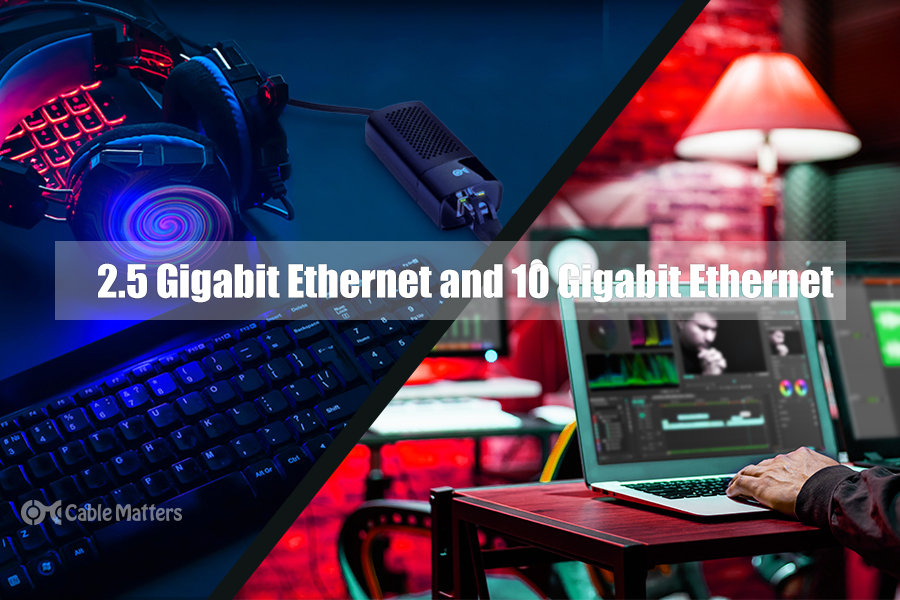Those are for phone. They are all connected together. You need a punch down panel. CAT5e if that is what is on the wire. You need to punch down all those wires into a CAT5e punch down panel. There will be 1 RJ45 jack for each wire. You add a patch cable from the RJ45 jack to the switch to make each wire hot.
I second what
@coxhaus indicated. This really isn't terribly difficult. Those blocks are for telephones and the cables look like their identified by room. If the cables in the rooms are also identified in the same manner then you need to do the following:
1. Decide what cables you want to use for ethernet purposes.
2. At the panel, cut those cables from the blocks. I'd suggest cutting them individually so that you don't short the remaining cables when you make the cut. If you're using a phone system that actually uses those cables, they will be live, so you don't want to create a permanent short between cables, in which case the telephone system won't work. If you only use cell phones, then you probably don't have a telephone system from an ISP or telephone company connected to those blocks, in which case there might not be any live connection with an ISP or telephone company system. In that case, those blocks should be dead and it won't matter how you cut them, except of course if you have plans to use them for telephone purposes in the future.
3. Punch those cables down into RJ-45 Keystones. You need a punch-down tool for this. This isn't hard to do. There is a 568A and 568B wiring standard which determines the wire pair to keystone punch down location. Usually the keystone itself has a guide which shows both standards. Pick one standard and use that for all keystone punchdowns.
4. Install the keystones into a short patch panel which is mounted into the structured wiring cabinet which currently holds the telephone blocks. If you had no further use for any of the telephone wiring, you could simply cut the cables from the blocks and remove the blocks from the wiring cabinet just to make room for the patch panel.
5. At the room cable location, have a look at how those cables are connected to the wallplate. They should be connected for telephone purposes. Cut the cables at the mounting point on the wallplate. If you have really old wallplates, then the cables will be screwed down to the wallplate, in which case you can simply loosen the screws, remove the wire pairs and trim then slightly so that you can punch them down into a keystone. Depending on what wallplates are currently installed, you might have to replace them with new wallplates which will accept keystones. Also in that case, you might have to install keystones for RG-6 cabling.
6. With the keystones at the panel mounted into a patch panel and the keystones upstairs mounted into their wallplates, test each cable with a network cable tester. That will ensure that each wire in the ethernet cable is punched down correctly at both ends and that the ethernet cable will be ready for use. Never assume that you've punched down the cable and that it will work perfectly, end to end without testing. That's a recipe for hours of troubleshooting, trying to determine where the problem is.
6. After that, connect the keystones at the panel to an unmanaged gigabit switch by using short jumper cables. Connect the modem or router to one of the switch ports and you're ready to go, done.
Note that you can install RJ-45 jacks on the cables at the panel instead of keystones. In that case you simply connect the cables to the gigabit switch after you've tested the cables with a network tester. I recommend using pass-through connectors with the appropriate RJ-45 crimper which cuts the excess wire length off of the connector.
You'll need to buy the necessary tools and parts which includes:
1. Wire cutter
2. a 110 punch down tool
3. RJ-45 crimper
4. Network test tool
5. RJ-45 keystones for Cat 5 cables
6. RJ-45 connectors for Cat 5 cables (maybe)
7. Small patch panel (maybe, depending on what you use at the panel, keystones or connectors)
8. Wallplates for upstairs to mount the RJ-45 keystones
9. short patch cables (if you use a patch panel with mounted keystones)
10. Unmanaged gigabit switch. You could use a managed gigabit switch depending you what you want to accomplish. Just to note, there are switches out with 2.5 Gb/s ports. If any of your equipment has 2.5 Gb/s ports, you might want to consider a switch that uses 2.5 Gb/s ports. They are more expensive than a typical gigabit switch, but, that price differential is continually dropping.
Here's a kit that has most of what you would need:
https://www.amazon.ca/gp/product/B07W88S9RG/?tag=smallncom-20
There are other took kits shown on that page, just depends on how much money you want to spend.
Wire cutter:
https://www.amazon.ca/dp/B07PJKRL4R/?tag=smallncom-20
My personal preference is to use pass through connectors and crimper such as the following:
https://www.amazon.ca/dp/B076MGPQZQ/?tag=smallncom-20
https://www.amazon.ca/dp/B076PT3BMM/?tag=smallncom-20
Cat 6:
https://www.amazon.ca/dp/B076Q4MXVB/?tag=smallncom-20
There are numerous Youtube videos that demonstrate the installation of the keystones and connectors. This isn't hard to do, you simply have to take your time, pay attention to the 568A or 568B wiring standard for the keystones and test the cables to ensure that they are punched down correctly or that the connectors are installed correctly, again using the 568A or 568B standard.
Just to note, that telephone block marked "security" would have been the block that the alarm system was connected to. That block would allow the alarm system to seize the telephone line to call the alarm company, if required.
Edit 1:
In the rooms where you have existing ethernet ports, pull the wallplate off of the wall and have a look at the ethernet cable to see if its marked with a location code of some type. Then look for that same cable in the structured wiring panel in order to determine what telecom block is used for the ethernet cabling. Looking at the telecom blocks, their not all connected in the same fashion, that is to say that some of the cabling is punched down using all 4 wire pairs and it looks like one block is punched down using 2(?) wire pairs. And, the punch down locations are not the same for that particular block. Its hard to tell from the pictures exactly how many wire pairs are used for that one block. So, first thing I would do is look at the upstairs wallplates to see if the ethernet cabling is marked with a particular location code of some type and then match that up with the telecom panel cable codes in order to understand what telecom blocks are used for telecom or ethernet purposes and how those cables are connected to those blocks. This is all part of the first step to identify the correct cables so that you can disconnect them, install the right keystones and eventually connect them to a gigabit switch.
Note for 100 Mb/s service, all you need is two wire pairs connected end to end. For gigabit service you need all four wire pairs connected end to end.








